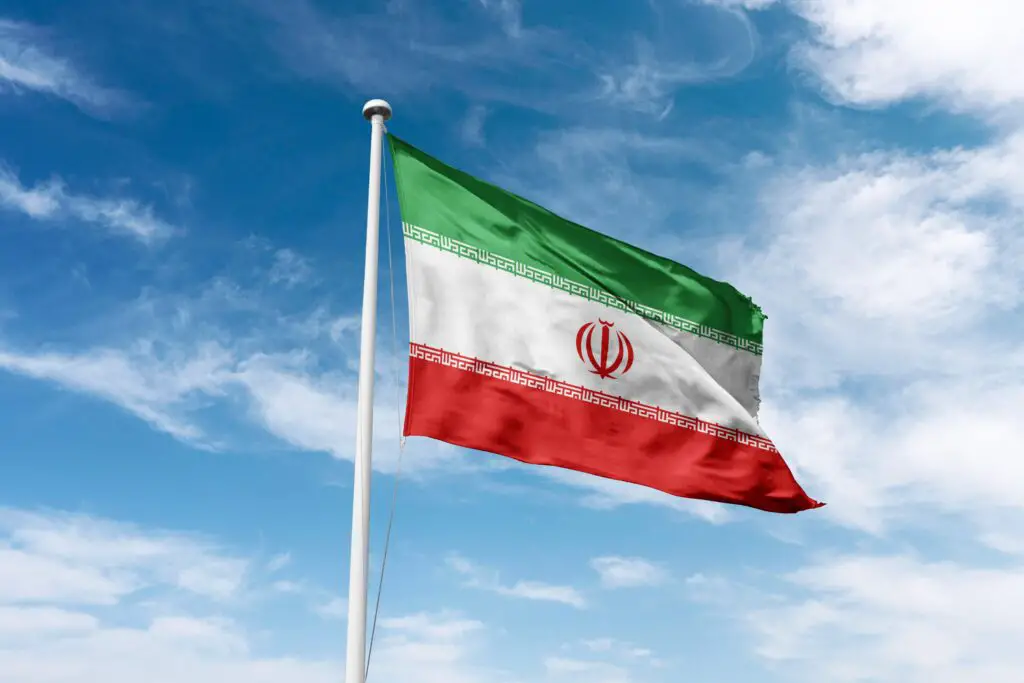1. France

In France, dessert isn’t necessarily served first in a traditional meal, but in certain contexts—like children’s snacks or casual café culture—sweet treats come before anything else. Kids often start their after-school goûter with pastries, chocolate bread, or fruit tarts before dinner even enters the picture. It’s less about breaking rules and more about celebrating the joy of food in all its forms. And if you’ve ever started your morning with a croissant and espresso, you know the French aren’t shy about letting sugar lead the way shares Tasting Table.
The deeper reason behind this habit goes back to the idea of savoring life’s pleasures. French culture places a high value on enjoying meals and not restricting indulgence. Dessert first doesn’t mean skipping the rest—it means honoring it in a different order. It’s a sweet rebellion, one that feels especially delightful in a country known for some of the best pastries on Earth adds Food & Wine.
2. India

In many parts of India, sweets like mishti doi, kheer, or rasgulla are served before the main course, especially during festivals or special meals. It might seem backward to outsiders, but it’s rooted in ancient tradition and Ayurvedic principles. According to Ayurveda, sweet flavors should be eaten first to kickstart digestion and prepare the body for more complex tastes. This isn’t just a fun cultural quirk—it’s believed to be good for your health says LAist.
Plus, sweets are often seen as symbols of good fortune and blessings. Serving something sugary first can be a way to honor guests and set a joyful tone for the meal ahead. During celebrations like weddings or Diwali, it’s practically expected that a spoonful of something sweet comes before anything else. It’s not just a tradition—it’s a gesture of warmth shares Quora.
3. Ethiopia

Ethiopian meals often start with a small piece of dabo kolo—a crunchy, slightly sweet snack—or a bite of fruit. Though not a formal dessert, it’s got just enough sugar to count in the “sweet first” category. This small bite is usually offered as a way to welcome guests and start the meal on a pleasant note. In rural homes, even honey or lightly sugared tea may come before the main spread of stews and injera.
This order of eating also reflects Ethiopia’s deep-rooted hospitality customs. Meals are highly social experiences, and starting with something sweet sends a message of generosity. It’s about creating a sense of calm and connection before diving into the richer, spicier parts of the meal. It’s not dessert in the way we might define it—but it definitely feels like starting with a treat.
4. Thailand

In Thai street food culture, you’ll often see vendors serving up sweet treats like coconut sticky rice or fried bananas before savory dishes. It’s not unusual for dessert to be sold and eaten first simply because that’s what’s available or most tempting. For many, grabbing something sugary while strolling through a market is the unofficial start of the dining experience. It’s more instinct than tradition—but it’s widespread.
Part of this comes from the Thai philosophy of balancing flavors. Sweet doesn’t dominate—it complements. So having dessert first isn’t seen as indulgent; it’s just another part of the meal’s flow. In some cases, people even pair desserts with savory items, blurring the lines between courses altogether.
5. Turkey

In Turkey, it’s not unheard of to begin a meal with something sweet, especially during Ramadan or other religious observances. Dried fruits, dates, and even syrup-soaked pastries like baklava may make an appearance early on. This comes from a cultural and spiritual place—breaking a fast with sugar replenishes energy quickly and gently. Plus, sweets are often offered as a form of welcome to guests before the actual meal begins.
Beyond religion, Turkish hospitality leans heavily into offering comfort. A sweet bite before the main meal sets a friendly tone and honors the guest’s presence. In homes and restaurants alike, you might sip on sugary tea or nibble on Turkish delight while waiting for your kebab. It’s a soft entry into a bold and flavorful cuisine.
6. Japan

Japan has a unique approach to food, and in some traditional settings, meals start with a small sweet bite—like a piece of seasonal wagashi (a delicate sweet often made of red bean paste and rice flour). These are especially common in kaiseki dining or tea ceremonies, where the meal is as much about aesthetics and experience as it is about taste. Sweetness is seen as a palate cleanser and mood setter, not just a meal-ender.
This custom ties into Japan’s deep respect for balance and presentation. Starting with a subtly sweet item helps prepare your senses for the complexity of flavors to come. It’s not dessert in the Western sense—it’s more of an introduction to the story the meal will tell. It’s graceful, intentional, and surprisingly satisfying.
7. Morocco

In Morocco, it’s common to welcome guests with sweet mint tea and pastries—before any actual meal is served. These pre-meal treats are so central to Moroccan hospitality that skipping them would feel impolite. Sometimes, dried fruits or honey-drenched sweets are offered before a single savory tagine touches the table. It’s dessert, but at the beginning.
The reason is rooted in tradition and warmth. Offering sweets first communicates respect and generosity. It makes people feel appreciated and cherished, especially during celebrations or family gatherings. The entire experience becomes more than a meal—it becomes a ritual of connection.
8. Greece

In Greece, starting a meal with sweet spoon desserts—like glyko tou koutaliou—is a time-honored tradition in some regions. These preserves, often made from fruit, are served to guests before the main meal as a gesture of welcome. It’s a custom that goes back generations and still holds strong in more traditional households. While it’s not an everyday practice, it’s a sweet nod to the value placed on hospitality.
Greeks believe that food is an expression of love, and beginning with dessert reflects that beautifully. It’s a gentle way to ease into the richer, more robust flavors of Mediterranean cooking. Guests are treated like family, and nothing says “you’re home” quite like a spoonful of syrupy fruit. It’s old-world charm in the best possible way.
9. Indonesia

In certain parts of Indonesia, especially in Java, meals may begin with a small sweet snack like klepon (glutinous rice balls with palm sugar). These treats are portable, affordable, and often sold by street vendors, so they become natural starters for busy days. It’s less about formal meals and more about how food fits into daily life. When hunger strikes, something sweet is often the first thing available.
This pattern is tied to Indonesia’s rhythm of eating—snacking is constant, meals are flexible, and flavors are bold. Sweet foods also provide a quick energy boost, which makes them perfect for starting off. Whether it’s a religious event or just a midday craving, sugary bites set the stage for a satisfying meal to follow. It’s practical and delicious.
10. Iran

In Iran, especially during formal meals and holidays, it’s common to start with fruits, nuts, and sometimes sweets like baklava or sohan. These aren’t just appetizers—they’re symbols of abundance and joy. Guests are often greeted with these items before even sitting down to eat. This tradition dates back to ancient Persian hospitality, where every part of the meal is meant to show honor and care.
Sweets come first because they represent good wishes and celebration. Even tea with sugar cubes is often served right at the beginning. It sets a celebratory tone and gives everyone a chance to relax and connect. Meals aren’t rushed—they’re savored, and starting with dessert helps set that pace.
11. Lebanon

In Lebanese culture, especially during special occasions, a tray of sweets may precede the savory dishes. Guests might be offered ma’amoul, sfouf, or candied nuts while settling in. This isn’t always a structured part of the meal, but rather a welcoming ritual. Before the mezze even hits the table, the sweet moment has already happened.
It comes down to deep-rooted hospitality and warmth. The Lebanese love feeding people, and leading with dessert is one way they show it. It’s a way to say “you matter,” before the real feast even begins. These little gestures linger just as long as the flavors do.
12. Vietnam

In Vietnam, fruit often starts the meal, especially during holidays and family gatherings. Mango, lychee, or starfruit might be offered while guests are arriving or before the first course is served. While fruit is a light beginning, it’s still a sweet one—setting the stage with natural sugar instead of waiting until the end. This reflects Vietnam’s emphasis on balance and freshness in food.
Serving fruit first also ties into health and tradition. It’s cooling, refreshing, and energizing—perfect for the tropical climate and a warm welcome. Sweetness isn’t reserved for the finale—it’s spread throughout the meal. And when it starts things off, it makes everything that follows feel even more vibrant.
